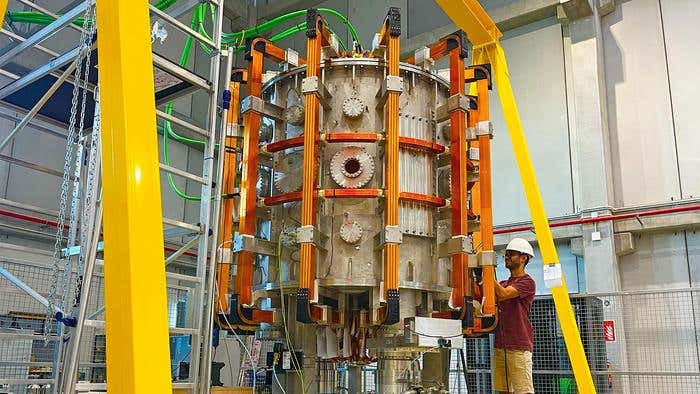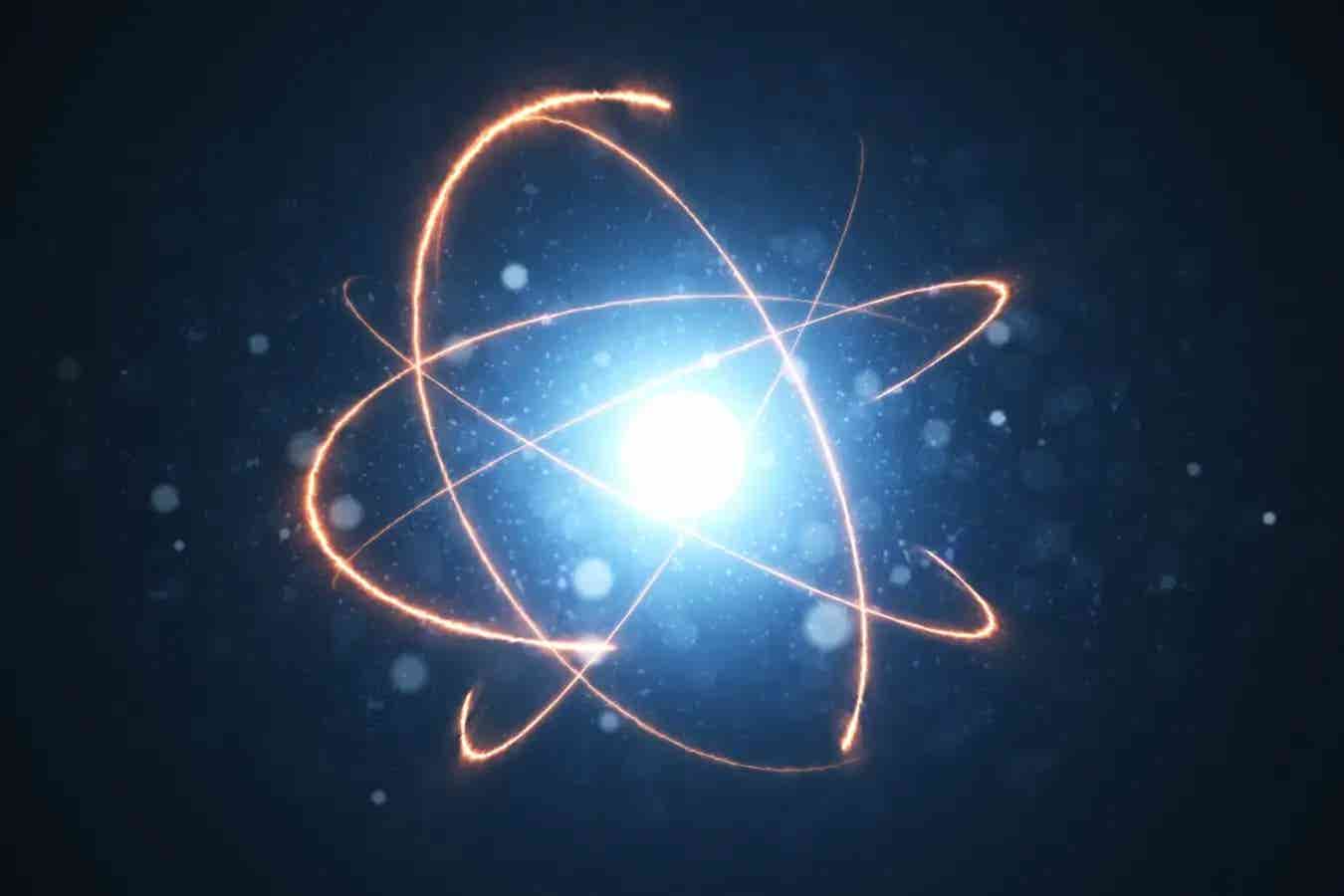SMART fusion reactor is a major step towards limitless clean energy
SMART tokamak at Seville University explores negative triangularity, advancing compact fusion reactors for clean, limitless energy.

SMall Aspect Ratio Tokamak (SMART) is being built at the University of Seville in Spain, in collaboration with Princeton Plasma Physics Laboratory. (CREDIT: University of Seville)
The quest for sustainable and virtually limitless energy has taken a significant step forward with the commissioning of the SMall Aspect Ratio Tokamak (SMART) at the University of Seville.
This state-of-the-art spherical tokamak, designed to investigate advanced plasma shaping, is paving the way toward compact fusion power plants capable of revolutionizing energy production.
Through its innovative design and operational flexibility, SMART aims to address challenges in plasma stability, efficiency, and heat management, bringing the dream of controlled nuclear fusion closer to reality.
Exploring Plasma Triangularity and Its Benefits
One of SMART’s key innovations lies in its ability to compare the performance of positive and negative triangularity plasmas. In plasma physics, triangularity refers to the shape of the plasma cross-section.
Most tokamaks operate with positive triangularity, where the plasma resembles a “D” shape. Negative triangularity, on the other hand, mirrors this shape and offers several advantages. Negative triangularity plasmas suppress instabilities that can expel particles and energy, thereby reducing potential damage to the tokamak walls.
Additionally, this configuration increases the area available for heat distribution, improving power handling and facilitating more robust engineering designs for compact fusion reactors.
Negative triangularity also demonstrates performance comparable to the high-confinement mode (H-mode) plasmas of positive triangularity without the drawbacks of Edge Localized Modes (ELMs). These instabilities pose significant risks to the integrity of fusion power plants and require mitigation in positive triangularity designs.
By contrast, the natural stability of negative triangularity plasmas presents an attractive alternative for future fusion devices.
Related Stories
SMART’s Cutting-Edge Design and Capabilities
SMART is a spherical tokamak with an aspect ratio—the ratio of the major to the minor radius—of less than two. This compact design reduces the volume of the fusion device, potentially lowering costs and enabling higher efficiency.
Spherical tokamaks also exhibit strong elongation and higher normalized beta values, key parameters for achieving high fusion power. These features make SMART uniquely suited for advancing fusion technology.
Predictive simulations for SMART’s operational phases have utilized the TRANSP code to model various machine scenarios and heating schemes. These simulations guide diagnostic development, validate transport models, and predict plasma behavior under different conditions.
For positive triangularity plasmas, reduced turbulence models have been employed to estimate electron and ion temperatures. While these models show consistent results from the plasma mid-radius to the separatrix, notable discrepancies arise in the core region. The multi-mode model (MMM) has demonstrated the best agreement with experimental data from machines like GLOBUS-M2.
Neutral beam injection (NBI) plays a critical role in SMART’s heating strategy. Simulations reveal that rotation induced by NBI reduces turbulence levels, resulting in higher plasma temperatures.
Additionally, studies of thermal diffusivities indicate that electron temperature gradient (ETG) turbulence dominates at the core, while micro-tearing modes (MTM) prevail at the edge in the electron channel. In the ion channel, neoclassical effects are significant at the core and edges, while ion temperature gradient (ITG) and other modes dominate mid-radius regions.
These findings underscore the intricate interplay of plasma physics phenomena that SMART is designed to investigate.
Advancing Toward Compact Fusion Power Plants
SMART represents the initial step in the Fusion2Grid strategy, an ambitious program aimed at developing the most compact and efficient magnetically confined fusion power plants.
By combining high-field spherical tokamaks with negative triangularity plasma shaping, this approach seeks to achieve unprecedented levels of performance and scalability. SMART’s solenoid-driven plasma, capable of reaching fusion temperatures, marks a critical milestone in this journey.
Prof. Manuel García Muñoz, the principal investigator of the SMART project, highlighted the significance of this achievement: “This is an important milestone for the entire team as we enter the operational phase of SMART. The SMART approach is a potential game changer, offering attractive fusion performance and power handling for future compact reactors. Exciting times are ahead!”
Co-principal investigator Prof. Eleonora Viezzer echoed this sentiment: “We were thrilled to witness the first magnetically confined plasma and are eager to explore SMART’s capabilities alongside the international scientific community. The global interest in SMART underscores its transformative potential.”
Toward a Sustainable Energy Future
As a pioneering device, SMART not only demonstrates the feasibility of negative triangularity in spherical tokamaks but also serves as a platform for collaborative research. By addressing key challenges such as plasma-wall interaction, heat management, and turbulence suppression, SMART is poised to make significant contributions to the broader goal of sustainable fusion energy.
The development of SMART is a testament to the innovative spirit driving the international fusion community. Its flexible shaping capabilities and advanced diagnostic tools provide invaluable insights into the physics and engineering of compact fusion devices.
With each step forward, SMART brings us closer to realizing a clean, sustainable, and nearly limitless energy source that could reshape the future of global energy production.
Note: Materials provided above by The Brighter Side of News. Content may be edited for style and length.
Like these kind of feel good stories? Get The Brighter Side of News' newsletter.
Joshua Shavit
Science & Technology Writer | AI and Robotics Reporter
Joshua Shavit is a Los Angeles-based science and technology writer with a passion for exploring the breakthroughs shaping the future. As a contributor to The Brighter Side of News, he focuses on positive and transformative advancements in AI, technology, physics, engineering, robotics and space science. Joshua is currently working towards a Bachelor of Science in Business Administration at the University of California, Berkeley. He combines his academic background with a talent for storytelling, making complex scientific discoveries engaging and accessible. His work highlights the innovators behind the ideas, bringing readers closer to the people driving progress.



